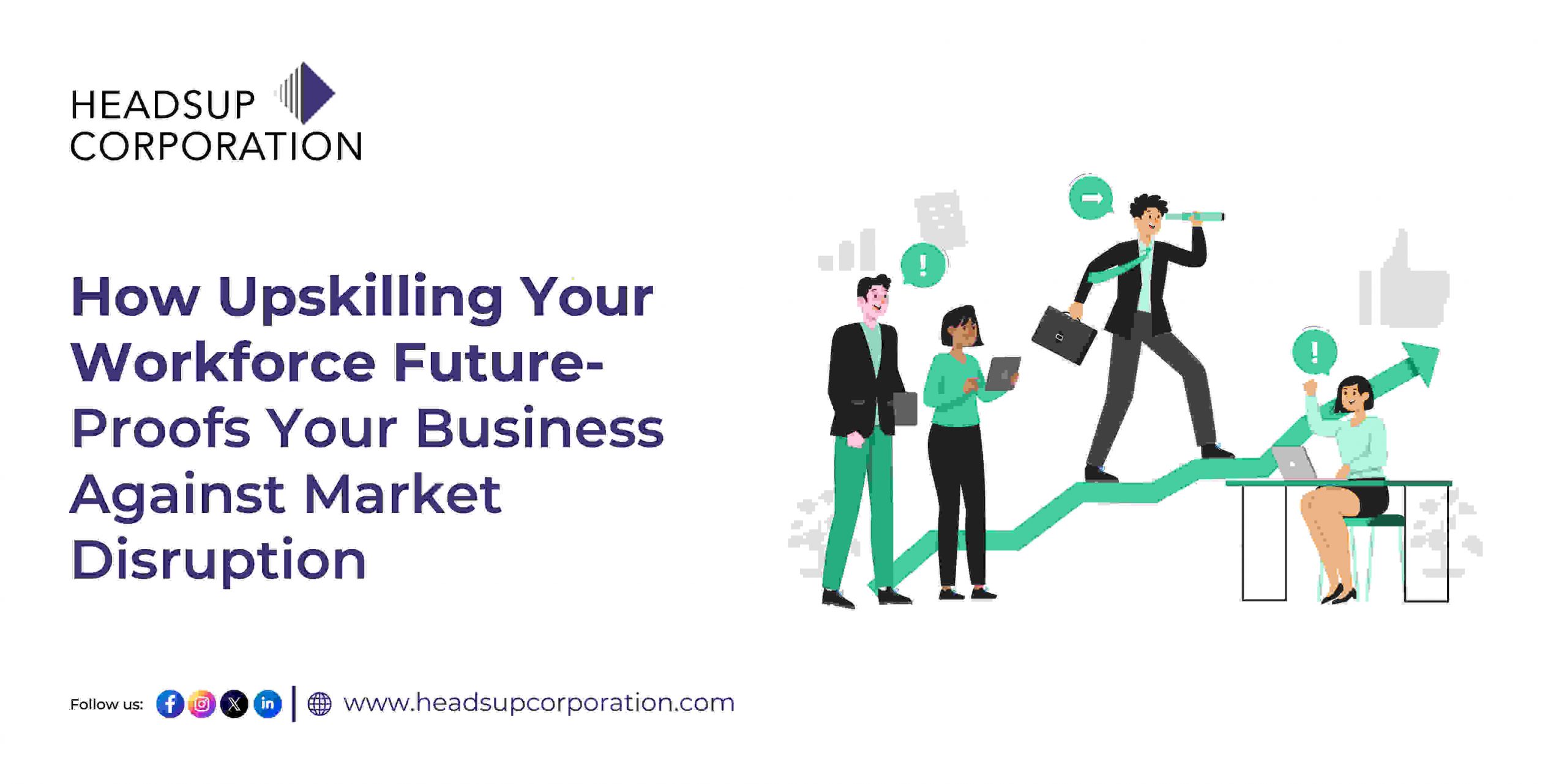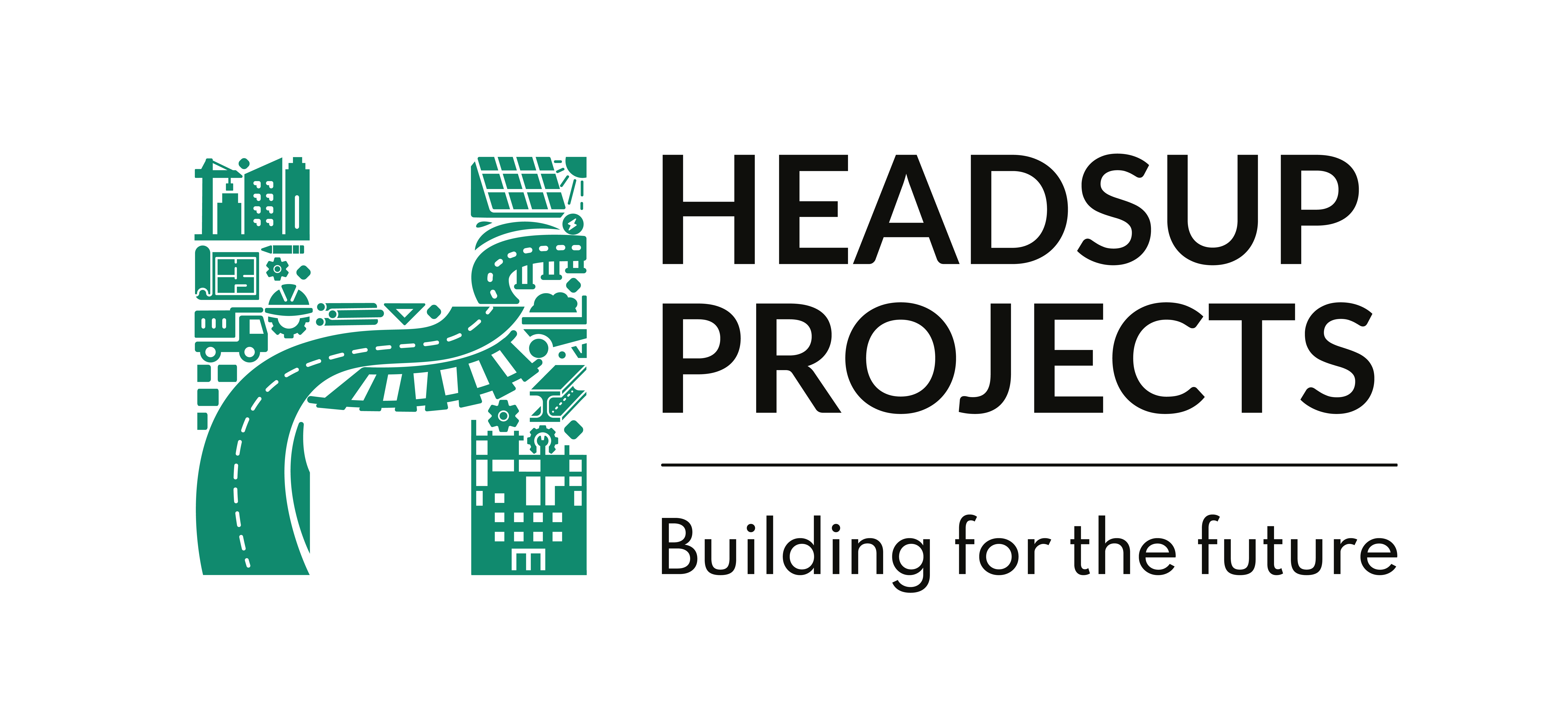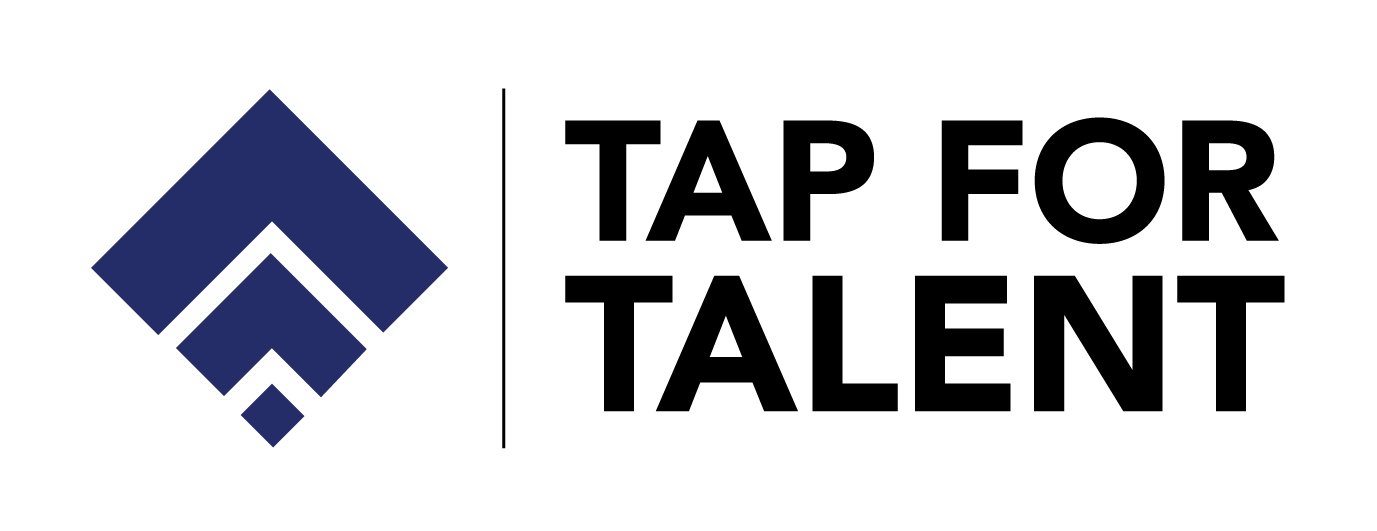If the past few years have taught businesses anything, it’s this: disruption isn’t an exception; it’s the default. Whether it’s automation reshaping industries, AI transforming job roles, or shifting market demands, organisations that adapt to thrive. Those that don’t? They fade into the footnotes of “what could have been.” The good news: you don’t need to predict the next disruption. You just need to prepare your people to adapt to it. That’s where upskilling comes in, the strategic investment that transforms uncertainty into opportunity.
Technology isn’t waiting for anyone and it’s changing rapidly. A 2025 World Economic Forum report estimates that 50% of all employees will require reskilling by 2027, with emerging tech being the biggest catalyst. Now imagine this: your competitors are already building AI-ready teams, integrating automation, and retraining staff to handle evolving roles. If your workforce stands still, you’re not just behind in skills, you’re behind in survival.
Why Upskilling Is the Ultimate Business Insurance
Upskilling isn’t just an HR initiative; it’s a strategic safeguard that impacts every layer of business.
| Business Outcome | How Upskilling Helps |
| Innovation & Agility | Employees who learn continuously bring fresh perspectives, drive and pivot faster. |
| Retention & Morale | When people see growth paths, they stay. Upskilling signals commitment and loyalty follows. |
| Productivity & ROI | A skilled workforce can adopt new tools, reduce dependency on external hires. |
| Competitive Edge | Companies that evolve their talent evolve their market share period. |
The key to successful upskilling isn’t a one-time training module; it’s a learning ecosystem.
Step 1: Identify Critical Skill Gaps
Use analytics, performance reviews, and future role mapping to see where your workforce is today versus where the market is heading.
Step 2: Curate Personalised Learning Paths
Mix internal workshops, mentorship, micro-learning, and online certifications to create flexible options.
Step 3: Integrate Learning into Daily Workflows
Adopt platforms like Coursera for Business or LinkedIn Learning that allow employees to learn as they work.
Step 4: Reward & Recognize Learning
Turn learning achievements into performance metrics. Celebrate curiosity as much as completion.
Upskilling isn’t about ticking training boxes; it’s about cultivating a mindset that says, “We don’t wait for the future. We learn into it.” What organisations need to understand is that AI isn’t replacing humans, it’s reshaping what humans are capable of. Upskilling helps employees work with AI, not against it, learning data interpretation and digital strategy. For organisations, this also means fewer job losses and more job transformations, roles evolving rather than disappearing.
At Headsup, we believe every learning initiative should connect directly to business outcomes. Our People Advisory Services help organisations identify skill gaps, design personalised upskilling programs, and build resilient, future-ready teams.








